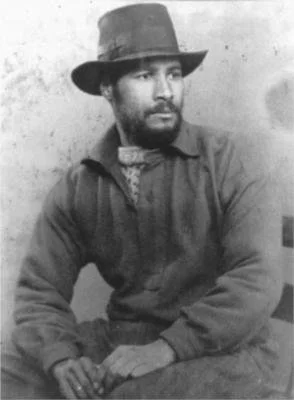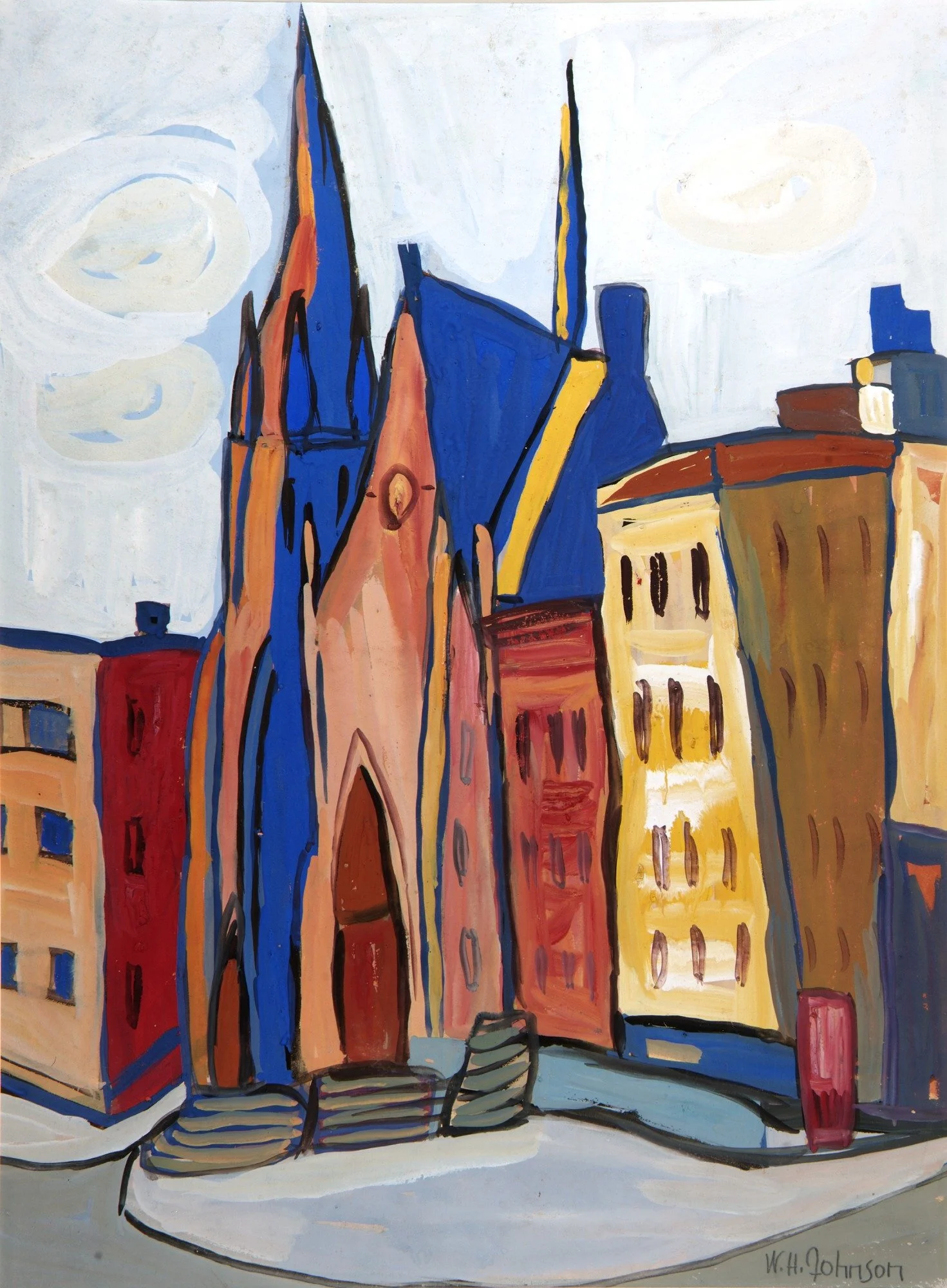William H. Johnson: Honoring a Trailblazer in African American Art
At the 9th Floor Artists Collective, we believe deeply in the power of cultural education and learning through the arts. Our work is rooted in honoring the legacies of artists whose stories and creativity helped shape the landscape of American art history—especially those too often left out of mainstream narratives. One such artist is William H. Johnson (1901–1970), a pioneering African American painter whose vibrant, bold, and deeply expressive works still resonate today.A Life Marked by Resilience and ExpressionBorn in Florence, South Carolina, Johnson rose from humble beginnings to study at the prestigious National Academy of Design in New York City. Despite facing intense racism and economic hardship, he persevered. In 1926, he traveled to Europe, immersing himself in new styles and ideas. It was during these years abroad—especially in France, Scandinavia, and North Africa—that his artistic voice began to emerge with power and clarity.Johnson experimented with post-impressionism and expressionism before ultimately developing a signature style characterized by flat figures, strong colors, and simplified forms. This bold and direct visual language allowed him to convey deep narratives about Black life in America—its joys, its struggles, its history, and its strength.Art Rooted in Cultural IdentityJohnson’s most enduring works reflect African American daily life, folklore, religious imagery, and the fight for civil rights. His series such as Harlem Street Scenes, Jitterbugs, and Fighters for Freedom documented the Black experience with an authenticity and dignity that was rare at the time. He painted teachers, farmers, musicians, and freedom fighters—not as subjects of pity or stereotype, but as vibrant participants in the American story.In this way, Johnson’s work was not only visually stunning but culturally essential. He used art as a form of resistance, education, and celebration.Why His Legacy Matters to UsAt the 9th Floor Artists Collective, Johnson's life and work remind us why the arts matter—not just as a means of self-expression but as a path to understanding, healing, and empowerment. His career, marked by both triumph and tragedy, teaches us the importance of persistence, of lifting up our histories, and of telling our own stories on our own terms.We are committed to cultural education as a cornerstone of our mission. By sharing the stories of artists like William H. Johnson, we inspire our community to explore identity, history, and creativity through a lens of justice and cultural pride. Our programs—ranging from art and mindfulness for Black men, to exhibitions of local and emerging artists—exist to nourish minds and build a richer understanding of the diverse voices that have always shaped the arts.Keep the Legacy AliveAs we continue to cultivate a creative and inclusive space here in Rochester, we encourage everyone—artists, students, and community members alike—to learn about the lives of artists like William H. Johnson. Their legacy is not something to be admired from afar but to be lived through continued creation, education, and cultural engagement.Explore. Reflect. Create. That’s how we honor the past and build a future worthy of our ancestors’ vision.William H. Johnson (1901-1970)
Jim, 1930, oil on canvas, mounted on masonite, 21 5⁄8 x 18 1⁄4 in. (54.8 x 46.3 cm), Smithsonian American Art Museum, Gift of the Harmon Foundation
Church on Lenox Avenue, ca. 1939-1940, tempera on paper, sheet: 24 x 18 1⁄8 in. (61.0 x 45.9 cm), Smithsonian American Art Museum, Gift of the Harmon Foundation



